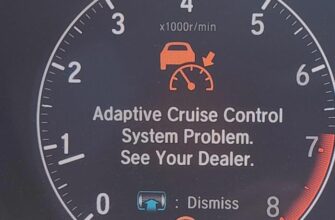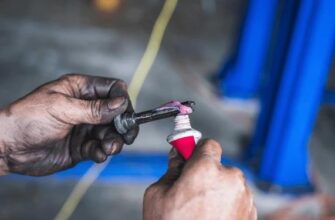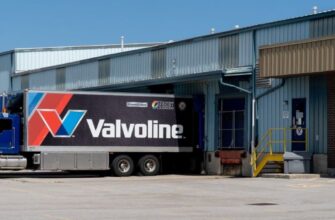Noticing rust spots and corrosion starting to take hold on your vehicle? With the right techniques and products, you can halt rust in its tracks and protect your investment. This comprehensive guide will walk you through common causes of automotive rust, assessing the severity, repairing surface rust, and preventing future damage.
Ignoring those small rust spots and flakes can eventually lead to decaying body panels, compromised structural integrity, and hugely expensive repairs. Treat car rust now before it escalates into a problem that will require replacing entire components. A bit of effort and DIY rust removal today will save you big down the road.
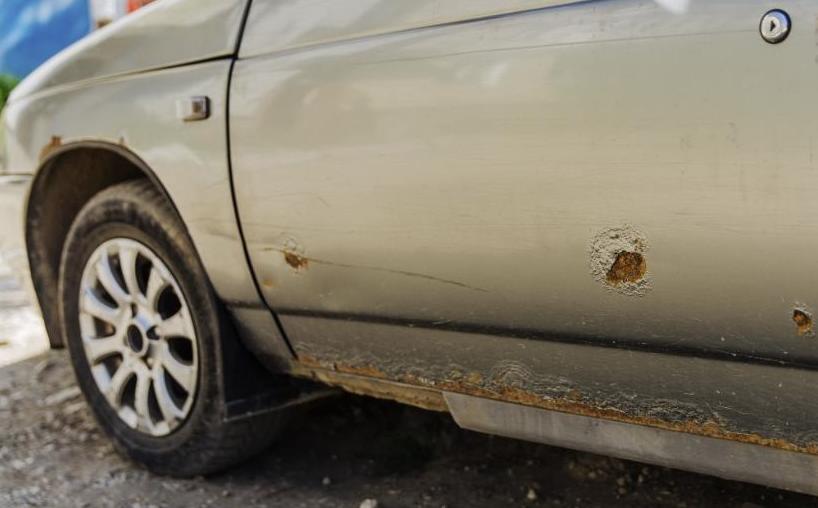
What Causes Rust to Form on Cars?
Before fixing car rust, it helps to understand what allows it to form in the first place:
- Water – Moisture from rain or washing that isn’t properly dried causes surface rust. Puddles under floor mats can accelerate corrosion inside.
- Road Salt – Salt used for winter deicing sticks to the underside and rapidly eats away at exposed metal.
- Bare Metal – Any scratches, dents or paint damage that exposes metal leaves it vulnerable to oxidation.
- Trapped Moisture – Condensation trapped under interior trim from temperature changes creates hidden rust.
Knowing these common rust triggers helps you prevent recurrence after removing existing corrosion.
How Much Rust is Too Much When Buying a Used Car?
Seeing some rust when car shopping doesn’t necessarily mean avoiding the purchase. But major structural rust should make you think twice:
- Surface rust – Minor if limited to small spots on body panels and easily sanded down to bare metal.
- Penetrating rust – Worrisome if visible pits or bubbling under the paint from spreading corrosion.
- Holes – Major red flag if completely rusted through panels or frame components.
- Component failure – Severe if rust has degraded mechanical parts like brake lines, fuel tank or suspension.
Anything beyond surface oxidation likely means expensive future repairs. Inspect carefully when rust is present.
What’s the Best Way to Remove Surface Rust from a Car?
Eliminating minor surface rust is fairly straightforward:
- Sand the area with 400 grit sandpaper to remove rust and expose clean metal.
- Wipe with a metal prep solution to etch the surface for paint adhesion.
- Apply suitable primer and finish paint to seal the sanded area.
- On chrome, very fine wet sanding avoids damage, then polish and apply protectant.
This removes the corrosion and protects against recurrence. Match surrounding paint for an invisible fix.
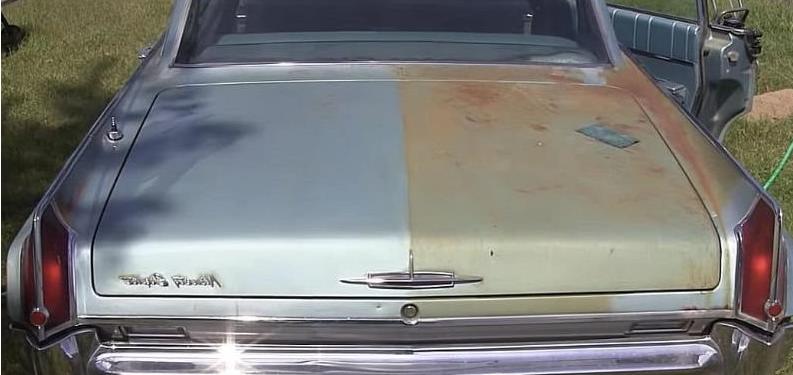
How Can I Stop Rust From Spreading Under the Paint?
Once rust has started penetrating beneath the paint, it requires more robust treatment:
- Sand and scuff surrounding paint to expose all affected area.
- Apply rust converter solution to stabilize corrosion and convert to inert material.
- Fill any pits and depressions with metal filler products.
- Prime and repaint repaired section using a rust inhibiting enamel paint.
Converting and sealing isolates the rust so it can’t spread to other areas underneath the paint.
What Kind of Rust Repair Can I Do Myself vs. Needing a Shop?
- Light surface rust – Cleaning, sanding and painting small spots can easily be DIYed.
- Heavy surface rust – Still possible as a home project if you have the tools and patience.
- Rust beneath paint – Best left to professionals with experience getting behind paint without damaging good areas.
- Perforation or holes – Requires welding in new metal so should always be done by a qualified shop.
Know your DIY limits. Severe rust repair often calls for a shop to prevent hack fixes.
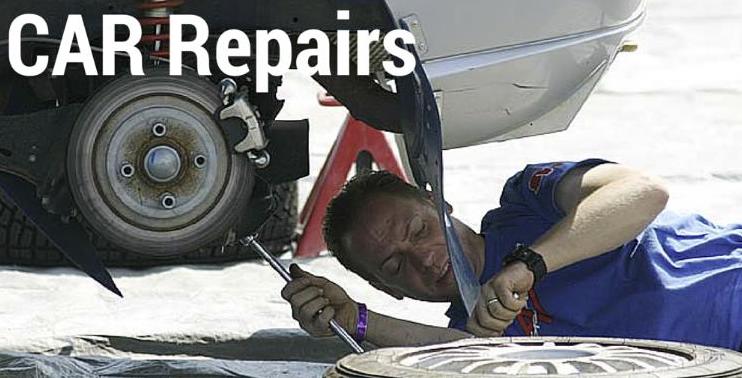
How Much Does Professional Rust Repair Cost on Average?
Typical ballpark costs for common professional rust repair jobs:
- Spot treatment of surface rust – $50 to $150
- Section replacement of rusted body panel – $300 to $800
- Rusted floor pan or trunk replacement – $1,000 +
- New rocker panel fabrication – $1,500 per side
- Frame or suspension component repair – $2,000+
Labor, materials and work hours impact the wide cost range significantly. Inspect pricing from several shops.
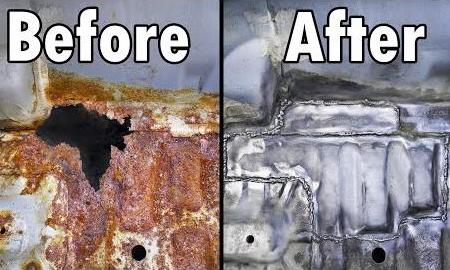
Can I Just Cover Rust With Paint or Undercoating Instead?
Painting over rust without proper prep may hide it temporarily, but leads to problems later:
- Trapped moisture under paint accelerates hidden corrosion.
- Flaking paint reveals spreading rust that wasn’t addressed.
- Rust continues eating through metal and compromising strength.
- New paint won’t adhere well to corroded surfaces without etching.
Proper surface prep and priming ensures rust is actually stopped under new paint.
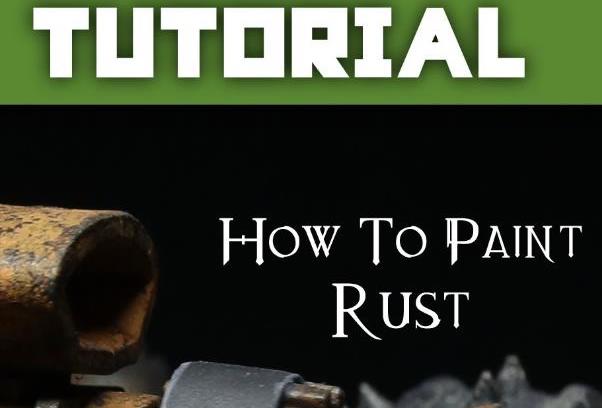
And check this video tutorial how to paint rust:
What Are Some Good DIY Rust Prevention Steps?
Reduce the likelihood of corrosion recurring with these rust prevention tips:
- Wash underside regularly to remove salt residue after winter driving.
- Touch up paint and bare metal immediately to prevent surface rust.
- Fix any water leaks from doors, windows and sunroof seals.
- Wax paint quarterly to create a protective layer.
- Lubricate door hinges and hood latch to prevent abrasion through paint.
Don’t give rust a chance to take hold. A little prevention goes a long way.
Surface rust left unchecked eventually causes expensive deterioration. But armed with the right techniques and products, you can halt rust in its tracks and make repairs for under $100 in many cases. Don’t let corrosion destroy your car’s body and mechanicals. Fight back against rust before it’s too late.





